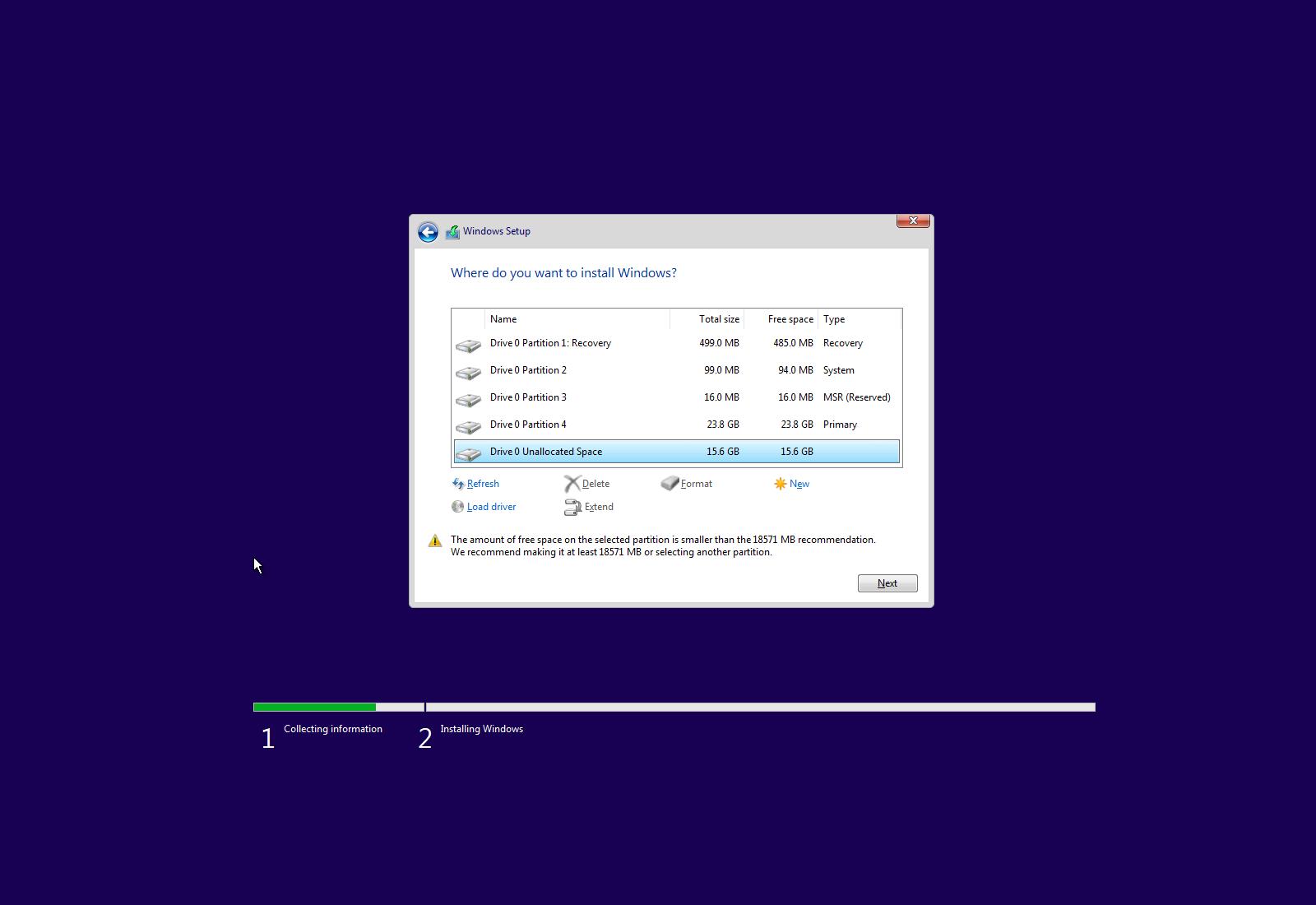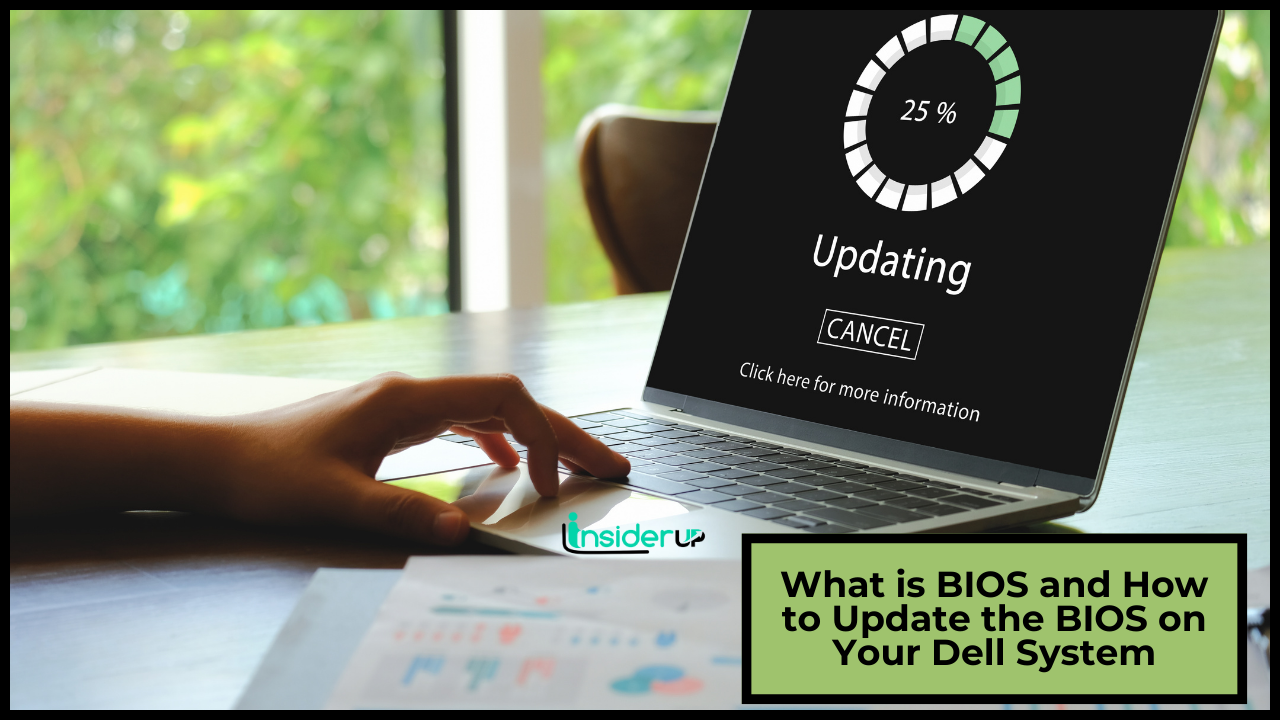A Look At The Core Components Of An Internal Developer Platform

An efficient development environment is crucial for software project success in our fast-paced, technology-driven world. It supports the entire development lifecycle. One such environment gaining popularity is the internal developer platform (IDP).
The internal developer platform provides tools and services for streamlined workflows, seamless collaboration, and rapid code iteration. With features like automated testing, continuous integration and delivery, and easy deployment, the internal developer platform helps teams work efficiently and ship high-quality software.
Leveraging the internal developer platform allows software development teams to stay ahead and deliver exceptional products. But what is an internal developer platform and its core components? This article explores the critical elements of this powerful developer tool.
What Is An Internal Developer Platform (IDP)?
An internal developer platform is a standardized set of self-service tools and technologies developers use to create, test, and deploy applications efficiently. It lowers the cognitive load on developers without abstracting away context and control. Now that we have a basic understanding of an IDP, let’s examine its core components.
Application Configuration Management
This is one of the most critical components of an internal developer platform. It involves managing an application’s settings and configurations throughout its lifecycle. This includes defining configuration parameters, setting their values, and updating them as required. It allows developers to control the application’s behavior in different environments, ensuring consistency and reliability.
Infrastructure Orchestration
Infrastructure orchestration is all about automating the process of managing and coordinating the various components of an IT infrastructure. In an internal developer platform, this includes setting up servers, installing software, managing networks, and more. This automation significantly speeds up the development process and reduces the chances of human error, leading to a more stable and reliable infrastructure.
Environment Management
In software development, the environment refers to the application’s setup. This can be a development, testing, staging, or production environment. Environment management involves creating, managing, and disposing of these environments as needed. With an internal developer platform, developers can quickly spin up and tear down environments, ensuring they always have the proper setup for their current tasks.
Deployment Management
Deployment management is releasing new or updated software versions into a live environment. It involves planning, scheduling, controlling, and testing the releases to ensure they are reliable and meet the required standards. An internal developer platform automates this process, allowing for continuous delivery or deployment, resulting in faster release cycles and more frequent updates.
Role-Based Access Control
Last, role-based access control (RBAC) is a crucial security measure in any internal developer platform. RBAC restricts system access to authorized users based on their organizational roles. This means a user can only access and perform actions on the system their role allows, preventing unauthorized access and protecting sensitive data.
A Look At The Core Components Of An Internal Developer Platform – In Conclusion
An internal developer platform (IDP) is a powerful tool that streamlines and simplifies the software development process. Developers can effectively and efficiently create robust and reliable applications by understanding their core components- application configuration management, infrastructure orchestration, environment management, deployment management, and role-based access control.




